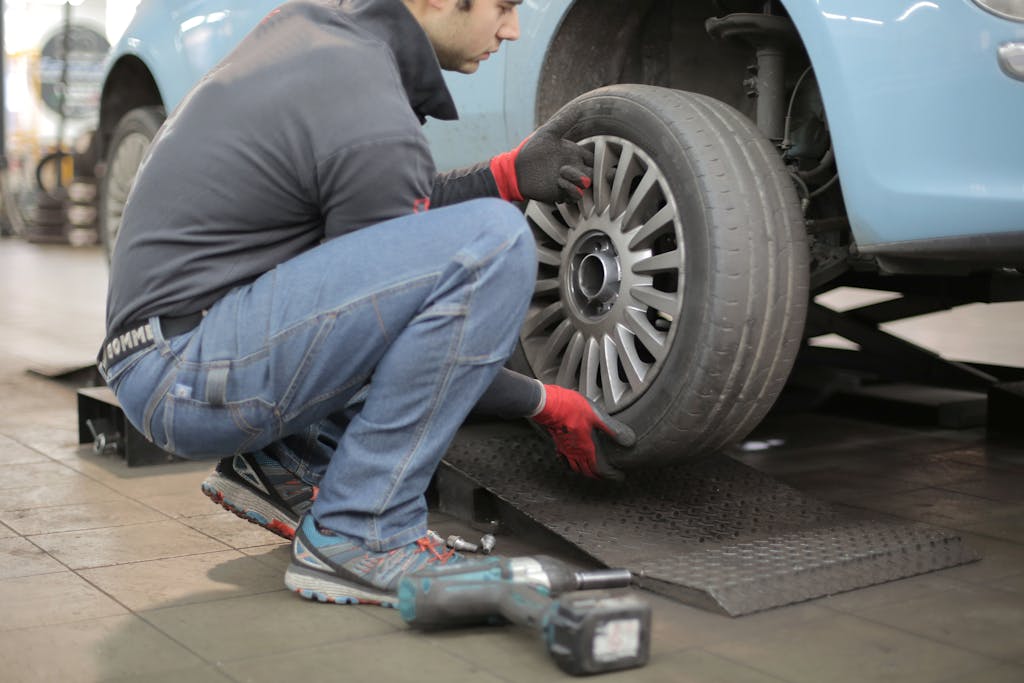Buying an SUV can be an exciting yet daunting experience, and avoiding common mistakes is crucial to ensure you don’t end up regretting your purchase. Whether you’re considering a premium option like a Genesis SUV or browsing listings for a Jeep on popular sites, there are several factors to keep in mind. When looking for the ideal SUV, this guide will help you avoid the top 5 mistakes.
1. Overlooking Fuel Efficiency
Fuel efficiency might not be the first thing on your mind when buying an SUV, but it’s something that deserves serious consideration. SUVs are known for being fuel-hungry, and ignoring this could see you spending more time at the petrol station than you’d like. Luckily, there are many fuel-efficient options available today. Select vehicles with diesel or hybrid engines, as these usually have higher mileage. Also, check for features like start-stop technology and regenerative braking, which can further improve fuel economy and save you money in the long run.
2. Neglecting the Right Size for Your Needs
Size is a big factor when choosing an SUV. It’s tempting to go for the largest model available, but bigger isn’t always better. Consider your day-to-day needs—how many passengers do you usually carry? What’s your parking situation? Do you need off-road capability, or are you mostly city-bound? Larger SUVs often consume more fuel and can be a hassle to park, especially in crowded urban areas. A smaller SUV, on the other hand, could not offer you the space or storage you require if you enjoy taking road trips or have a growing family. Select a size that fits your lifestyle and is both practical.
3. Skipping the Test Drive
An SUV is a significant investment, and skipping the test drive is a common mistake that can lead to buyer’s remorse. You can determine whether the car fits your lifestyle and how comfortable it is on the road by taking it for a test drive. Consider how the SUV handles different terrains—does it glide over bumps smoothly? Does it have the power you need? Is the interior spacious enough, and is the boot easy to access? Only by getting behind the wheel can you answer these questions and ensure the SUV is right for you.
4. Overlooking Essential Safety Features
While SUVs are generally considered safer than smaller cars due to their size, not all are created equal when it comes to safety features. Don’t assume that just because it’s an SUV, it’s automatically safe. Seek for cutting-edge safety features like adaptive cruise control, blind-spot detection, front collision warning, and lane-keeping assistance. These features can make a big difference in preventing accidents and ensuring your peace of mind on the road.
5. Underestimating Long-Term Costs
The price tag is just the beginning when it comes to buying an SUV. Long-term expenses like fuel, insurance, maintenance, and repairs all add up and should be part of your decision-making process. High-end SUVs may have the allure of luxury, but they also come with higher ongoing costs. Consider the depreciation rate as well, as some models hold their value better than others. Thinking about these factors now can save you from financial surprises down the track.
Conclusion
Buying an SUV is about more than just finding a vehicle that looks good; it’s about choosing one that fits your needs and avoids common pitfalls. Keep fuel efficiency in mind, select the right size, never skip the test drive, ensure it has essential safety features, and factor in the long-term costs. By being mindful of these five mistakes, you’ll be better equipped to find an SUV that suits your lifestyle, provides value for money, and delivers a reliable and safe driving experience for years to come.




